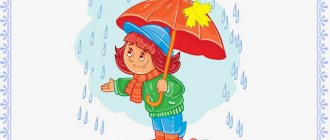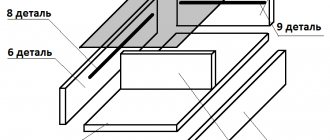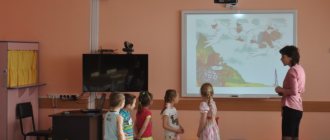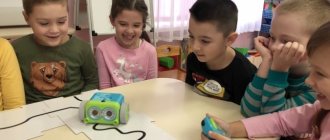From what age is it used?
Teaching children using mnemonics can begin from a very early age. Getting to know exercises for children starts with simple techniques.
First, they use mnemonic squares, which can be introduced to children at the age of three. In the first lessons, children study simple images that represent one word, phrase or simple phrase. You can place pictures in a square and learn poems with movements.
Later, at 4-5 years old, children become familiar with mnemonic tracks - systematized pictures of four drawings. With the help of such images, the concept of sequences is formed. Thanks to group illustrations, you can easily tell a short story, remember the steps of washing your hands, the process of dressing or washing your face.
Children aged 6-7 years begin to study mnemonic tables that allow them to perform more complex actions:
- retell various works;
- memorize poems and complex words;
- guess and make riddles;
- find rhymes for words;
- invent fairy tales or stories;
- distribute objects into groups according to certain characteristics;
- study numbers;
- become familiar with the basic rules of life safety and behavior in various places, and methods of self-service.
Children learn to express their thoughts correctly and beautifully and use new words in speech. Attention and intelligence develop, the ability to highlight the main thing and compare improves.
Pros and cons of mnemonics
Mnemonics are actively used in teaching children. For example, one of the most famous phrases for studying the sequence in the color spectrum is “Every Hunter Wants to Know Where the Pheasant Sits.” It is she who helps to accurately tell how a rainbow “works.”
The role of methodology in the development of children:
- helps you remember information quickly and for a long time;
- improves memory and attentiveness;
- develops speech, expands vocabulary and horizons, teaches how to pronounce sounds and words correctly;
- forms logical and imaginative thinking;
- improves imagination, intellectual and creative abilities;
- develops character, teaches sociability, helps to overcome isolation and shyness.
When used correctly, mnemonics have very few disadvantages.
- At the initial stage of use, children have a small vocabulary, so it can be difficult for them to work using this method.
- There is no need to abuse the method and use it in cases where it is too easy to understand the properties and remember the signs - this hinders the child’s development.
- Sometimes it is not possible to use the technique. For all-round development, it is necessary to teach the child to learn information mechanically; this skill will also be useful in the future.
The human brain consists of two hemispheres. The left is responsible for logic and speech, and the right helps to perceive different colors and form images using the imagination. When using mnemonic techniques, both halves are activated simultaneously. As a result, thought processes bring maximum benefit in the form of acquired knowledge.






